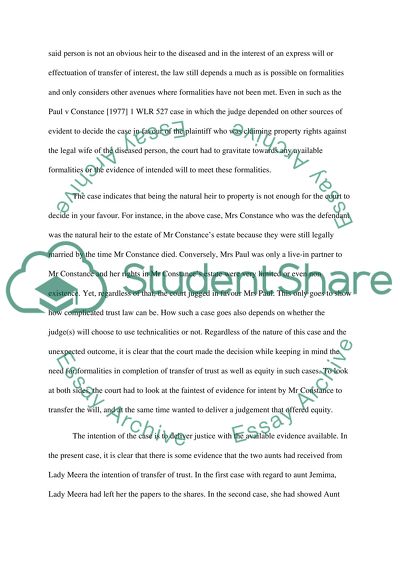Cite this document
(“Equity and trust law Essay Example | Topics and Well Written Essays - 2500 words”, n.d.)
Equity and trust law Essay Example | Topics and Well Written Essays - 2500 words. Retrieved from https://studentshare.org/law/1498599-equity-and-trust-law
Equity and trust law Essay Example | Topics and Well Written Essays - 2500 words. Retrieved from https://studentshare.org/law/1498599-equity-and-trust-law
(Equity and Trust Law Essay Example | Topics and Well Written Essays - 2500 Words)
Equity and Trust Law Essay Example | Topics and Well Written Essays - 2500 Words. https://studentshare.org/law/1498599-equity-and-trust-law.
Equity and Trust Law Essay Example | Topics and Well Written Essays - 2500 Words. https://studentshare.org/law/1498599-equity-and-trust-law.
“Equity and Trust Law Essay Example | Topics and Well Written Essays - 2500 Words”, n.d. https://studentshare.org/law/1498599-equity-and-trust-law.


